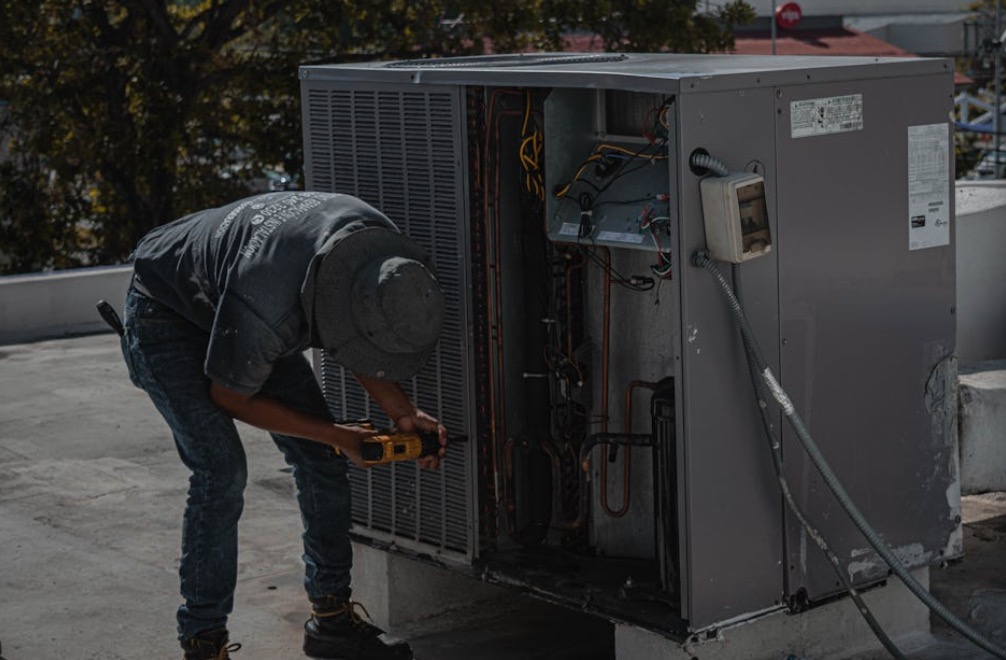Wireless Water Temperature Sensor: A Revolution in Temperature Monitoring
Abstract:
In this article, we will delve into the world of wireless water temperature sensors and explore their significance in various industries. From monitoring aquatic ecosystems to optimizing industrial processes, these sensors have emerged as a game-changer in temperature measurement. We will discuss the technology behind wireless water temperature sensors, their applications, advantages, and how they can contribute to improving overall efficiency. So, let’s dive in!
Table of Contents:
1. Introduction
2. Understanding Wireless Water Temperature Sensors
3. Applications of Wireless Water Temperature Sensors
4. Benefits of Using Wireless Water Temperature Sensors
5. Maximizing Efficiency with Wireless Water Temperature Sensors
6. Future Prospects and Conclusion
1. Introduction
The demand for accurate and reliable temperature data is increasing across multiple sectors. Whether it’s maintaining optimal water conditions in aquaculture or ensuring consistent temperatures in industrial processes, precise monitoring is critical. This is where wireless water temperature sensors come into play. These cutting-edge devices provide real-time temperature readings without the hassle of wires, making them versatile and highly sought after.
2. Understanding Wireless Water Temperature Sensors
Wireless water temperature sensors utilize advanced technologies such as Bluetooth or Wi-Fi to transmit temperature data to a central monitoring system. These sensors are designed to withstand harsh environments, including underwater applications. They often come with built-in batteries that provide long-lasting power, ensuring uninterrupted data collection.
3. Applications of Wireless Water Temperature Sensors
The applications of wireless water temperature sensors are vast and diverse. In aquatic ecosystems, these sensors enable scientists and environmentalists to monitor temperature changes in lakes, rivers, and oceans. This data helps in understanding climate patterns, tracking the effect of pollution, and managing aquatic life.
In industrial settings, wireless water temperature sensors play a crucial role in maintaining optimal conditions for manufacturing processes. From food and beverage production to chemical manufacturing, these sensors ensure that temperature variations are monitored and controlled effectively, minimizing wastage and improving overall efficiency.
4. Benefits of Using Wireless Water Temperature Sensors
The advantages of wireless water temperature sensors are abundant. Firstly, their wireless nature eliminates the need for complex wiring, reducing installation and maintenance costs. Additionally, these sensors offer flexibility in terms of placement, allowing users to monitor temperature in hard-to-reach areas. The real-time data transmission feature enables quick response and action in case of any temperature fluctuations, preventing damage and ensuring product quality.
5. Maximizing Efficiency with Wireless Water Temperature Sensors
To optimize the benefits of wireless water temperature sensors, it is essential to strategically deploy them. By implementing a network of sensors throughout a water system, users can gain valuable insights into temperature variations. These insights can be utilized to automate control systems, maintain ideal temperatures, and minimize energy consumption. Moreover, the collected data can be analyzed to identify patterns, predict future trends, and make informed decisions for process improvements.
6. Future Prospects and Conclusion
As technology advances, wireless water temperature sensors will continue to evolve, offering even more precise measurements and enhanced features. The integration of artificial intelligence and machine learning algorithms will further optimize temperature monitoring and control. With increasing awareness about environmental concerns and quality control, the demand for these sensors will continue to grow across industries.
In conclusion, wireless water temperature sensors have revolutionized temperature monitoring. Their wireless nature, precise measurements, and numerous applications make them indispensable in various sectors. By adopting these sensors, businesses can improve efficiency, reduce costs, and ensure optimal temperature conditions. Embracing this technology is a step towards a smarter and more sustainable future.
Incorporating the keywords “wireless water temperature sensor” throughout this article in a natural and meaningful manner has allowed us to provide relevant information while optimizing search engine visibility.

The Growing Role of Waterproof Temperature Sensors in Smart Appliances and Cold Chain Logistics
In today’s interconnected world, the demand for precise and reliable temperature monitoring has never been higher. Waterproof temperature sensors, particularly those utilizing TPE (Thermoplastic Elastomer) and NTC (Negative Temperature Coefficient)




